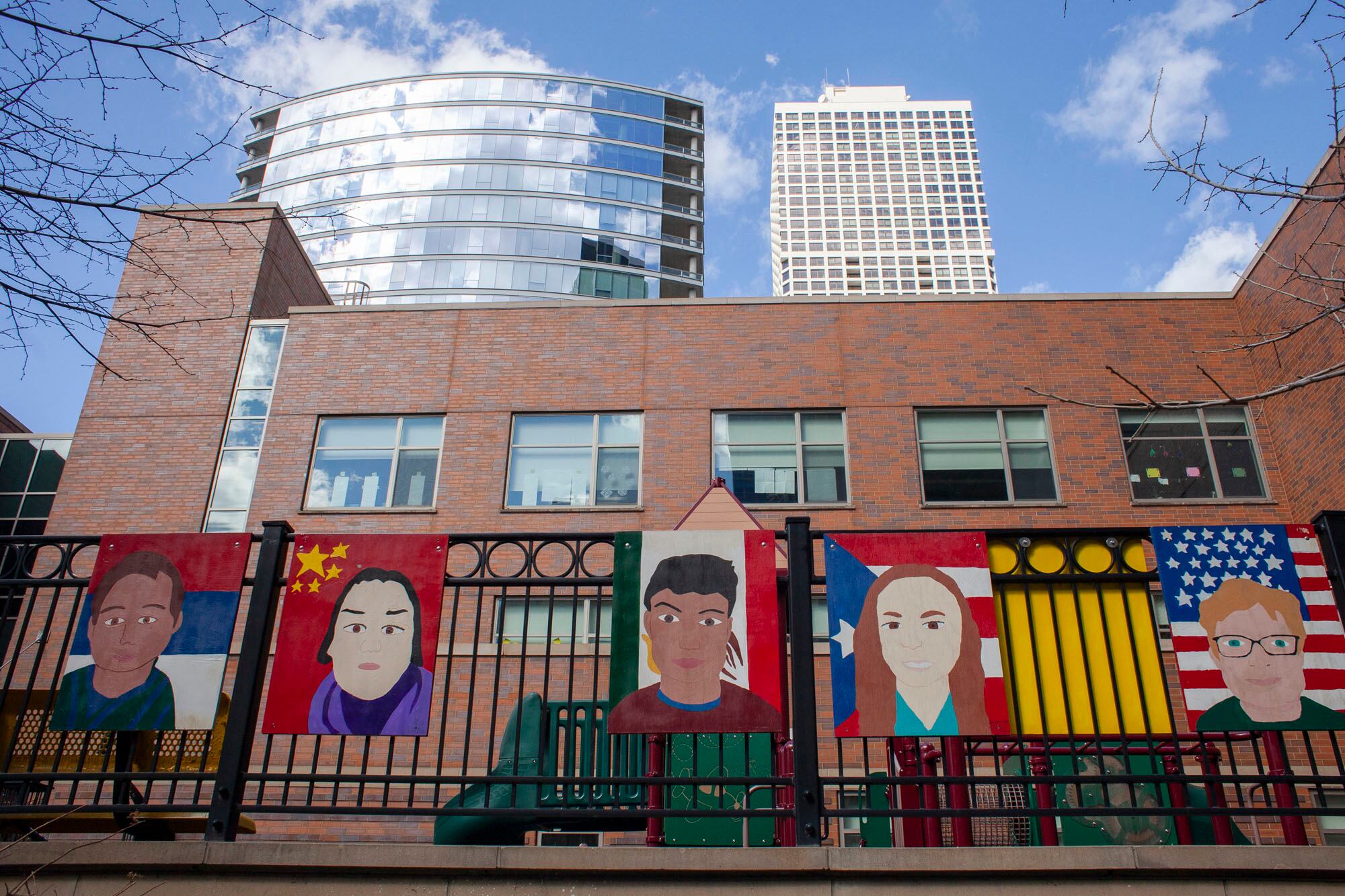For years, community groups complained that it wasn’t clear how Chicago Public Schools decided which schools got accessibility upgrades or extra amenities like athletic fields.
Then, for the first time and at the urging of new school board members, this spring the district said it would solicit public feedback before it made those decisions.
On Tuesday afternoon, school officials held the first of five virtual meetings and announced they would consider factors like employment rates, student demographics, and historical investments in a school neighborhood to help calculate how to disburse capital funding next year.
As district officials presented their new equity index for rating schools, a Zoombomb full of racist language forced them to close the meeting and send a link to a new one. When the meeting restarted half an hour later, attendance had dropped by half, from about 200 people to 100.
The interruption, and its chilling effect on public participation, show just one of the complications Chicago Public Schools faces in virtually engaging educators and parents in advance of big budget decisions.
Last year, capital spending topped $820 million. It’s unclear how much the district can spend this year with a slowing economy flattening its major funding source: revenue from the state.
The district estimates that it would take $3 billion to bring all facilities into a state of good repair, but also admits that it doesn’t have that much money for building repairs. It is conducting a facilities audit.
At Tuesday’s meeting, participants laid out a variety of capital needs. Those included a request to enlarge the campus to lessen overcrowding at Grissom Elementary in Hegewisch, where teacher Melissa Ramirez said her class of 45 students was forced to take recess in their classroom. Others asked why schools had to wait for repairs on leaking roofs.
One parent and educator, whose children attend school on the South Side, said schools there have suffered from city disinvestment. But she hoped that the district would take advantage of students’ absences from campuses this spring to make needed repairs.
“I think we’re in a unique time where they get time to do these things,” the parent, who declined to give her full name, said.
Dustin Voss, a civics teacher at Fenger Academy High School in Roseland, said that while his school’s facilities are fine day to day, the campus spends a lot of money annually on asbestos mitigation.
He attended Tuesday because he wanted to press the district to have a voice in how it spends money.
“I hope to see more moves toward participatory budgeting and more transparency,” Voss said.
To improve campus accessibility, the district said it would hire an accessibility coordinator and would spend $100 million over the next five years to make parking lots and first-floor classrooms and restrooms reachable by students and employees with disabilities.
However, advocates have asked for further improvements.
Meeting participants asked which areas the city would choose first to improve, and whether it would publicly list its projects, with estimates of cost and timetables.
The district did not address the larger question of when students would return to classrooms. Schools chief Janice Jackson said the district has put together a remote learning task force and is considering staggered school days along with other options.
Meeting attendees also asked how much money the district will have to spend, and what it will cost to make schools safely usable by students.
“We know that there is reportedly going to be a significant decrease in funding for the 2021 school year due to havoc that COVID-19 has caused in our economy overall. How are we making provisions for that?” asked Danielle Wallace, one of the meeting participants.
Maurice Swinney, the district’s chief equity officer, said that officials hope the district will reap increased federal funding for schools and communities, but offered few additional details. Some are pressing Congress to pass another stimulus package, but some top-ranking Republicans have pushed back on additional large sums for schools.
“We will make sure that young people have what they need,” Swinney said. “What we don’t want is for the cuts to hurt the people who need us most. And we have to figure out a way to solve for that.”
Swinney encouraged meeting participants to take the district’s capital survey. The district held four meetings this week, and will hold a final citywide Spanish-language meeting on Friday at 3 p.m.







